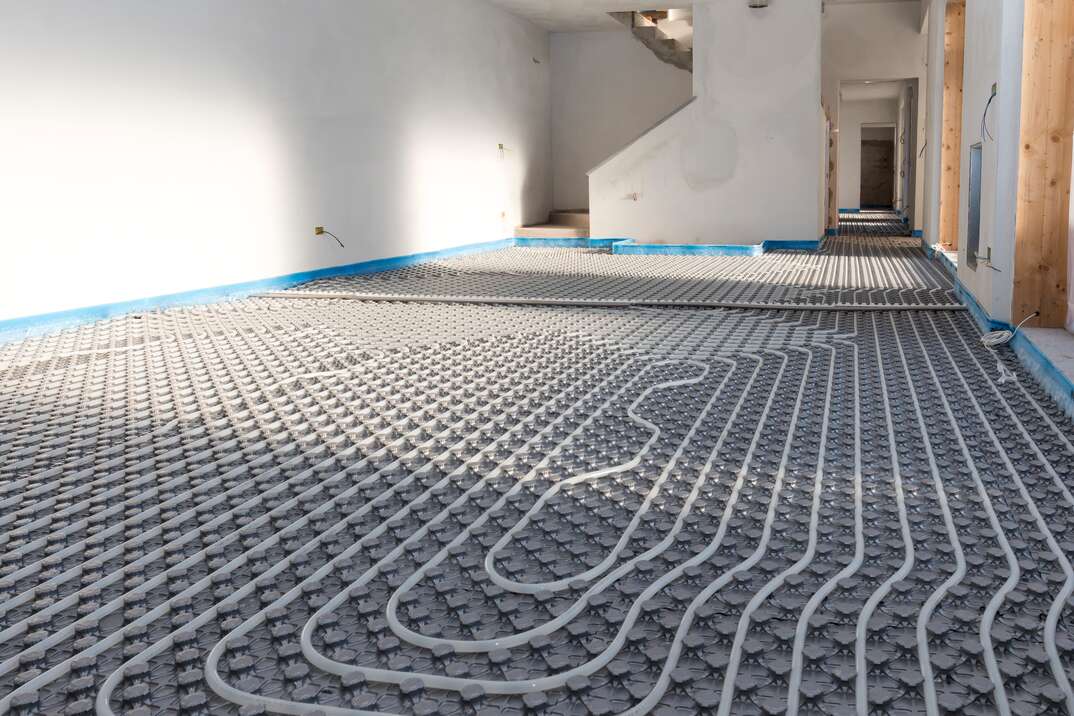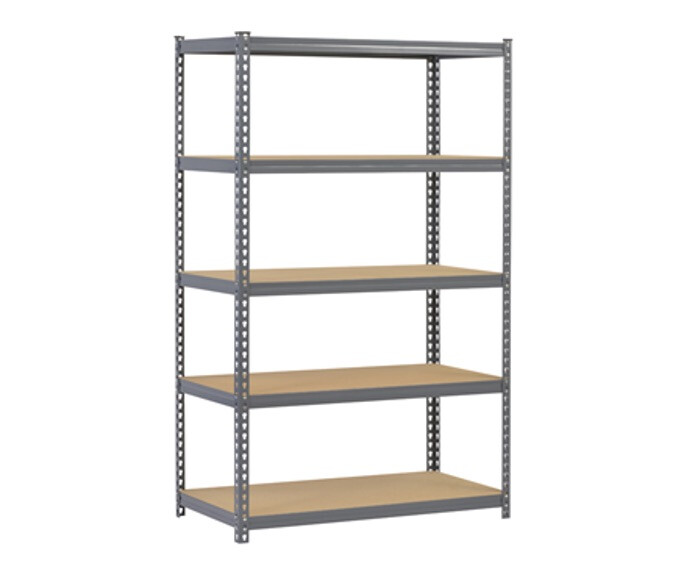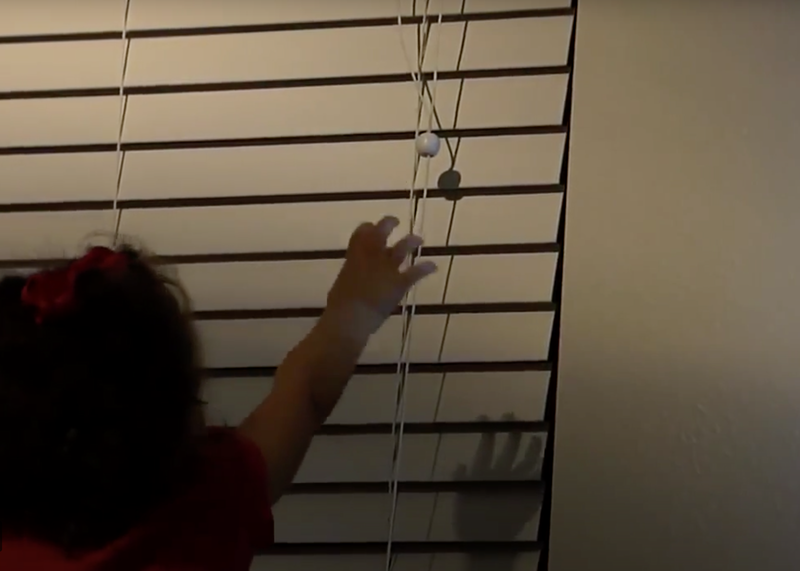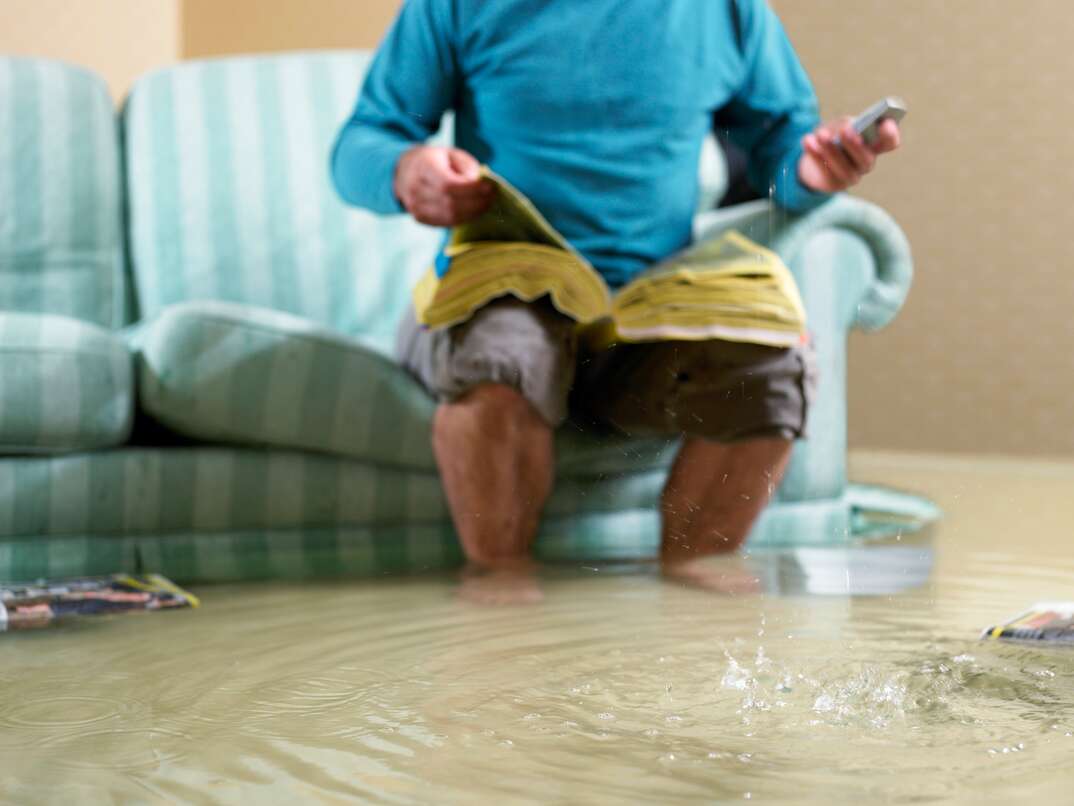Don't Get Cold Feet! Everything You Need to Know About Radiant Floor Heating

Almost nothing seems as frigid cold getting out of a warm bed and stepping on the wood or laminate floor below — except maybe when you step out of the shower onto ice cold tile. In addition to keeping your toes warm, radiant floor heating can also heat your entire home.
This May Also Interest You: 7 Best Space Heaters for Your Specific Needs
Curious how radiant floor heating works and whether it’s right for your home? Here’s everything you need to know.
How Does Radiant Heat Work?
Radiant floor heating is achieved through infrared radiation. The heat radiates off the coils, pipes or ducts installed under the floor and transfers to the flooring and surrounding room.
Pros of Radiant Floor Heating
One of the major benefits of radiant floor heating is that there are no cold spots. Radiators typically heat the air closest to them first, but radiant heat covers the entire floor and heats a room evenly.
These are some other benefits of radiant heat:
Silence
No HVAC system means no typical HVAC noise. The floors heat completely silently.
Better For People With Allergies
Because floor heating works through radiation, there isn’t any forced air being blown around to stir up irritants and allergens.
Energy Efficient
An HVAC system pushes air throughout your home, which uses more energy than radiant heating. Radiators have to be heated to a much higher temperature to heat up a room than radiant heat systems.
Use Any Flooring
Almost any flooring type can be used with radiant floor heating, like tile, stone, carpet, wood, laminate and vinyl.
Cons of Radiant Floor Heating
Installing radiant floor heating is a big undertaking. Here are some downsides to consider:
New Flooring
The only way to install floor heating is to get rid of your existing flooring and replace it. If you’re not ready to change up your tile or hardwood just yet, this might be a project to put off until you do a full remodel.
Unlevel Floor
Due to the pipes or coils, the floor level where you have radiant heat installed is going to be slightly higher than other floors. With insulation boards in place, your floor with radiant heat will be about an inch taller.
How Is In-Floor Heating Installed?
While DIY tutorials are available, you’ll likely want to have a professional install your radiant floor heating. Here’s a quick look at the process for an electric system:
- Remove the flooring and expose the subflooring
- Install a membrane to prevent concrete cracking during heating and cooling
- Lay the grid and connect the cables for the heating elements
- Apply a thin layer of mortar
- Connect power to the system
- Lay flooring as normal
More Related Articles:
- How to Heat Your Home Efficiently
- Tale of the Tile: An Overview of Bathroom Tile Flooring
- Everything To Know About Boilers
- How Much Does an Air Source Heat Pump Cost?
- What Is the Difference Between a Furnace and a Heat Pump?
How Much Do Heated Floors Cost?
The average cost of adding radiant floor heating to one room or your entire home is $10 to $20 a square foot. For electric systems, you’ll have to have an electrician come out to connect your system to power, which costs $200 to $250. For a water-based system, expect the price to double or triple due to the complexity of installation.
What Types Of Systems Are Available?
The right type of radiant floor heating for your project depends on your home, but here are the most common options, according to the U.S. Department of Energy:
Air-Heated Radiant Floor Heating
This method uses a forced-air system through tubing to heat the flooring. Compared to water, air doesn’t hold heat well, so air-heated systems are not as cost-effective as others.
Electric Radiant Floor Heating
Electric coils are connected to power and are used to generate heat under the flooring.
Hydronic Radiant Floor Heating
Tubing is installed under the flooring and heated water flows through to create radiant heat. Your water heater supplies the hot water. Because water-based systems are more difficult to install, they are most often put in when a house is built.
Since we’re all home now more than ever, being prepared for unexpected home repairs with a plan from HomeServe is important. Having a plan in place gives you peace of mind knowing that you can simply call our 24/7 repair hotline for covered breakdowns. See what plans are available in your neighborhood.


